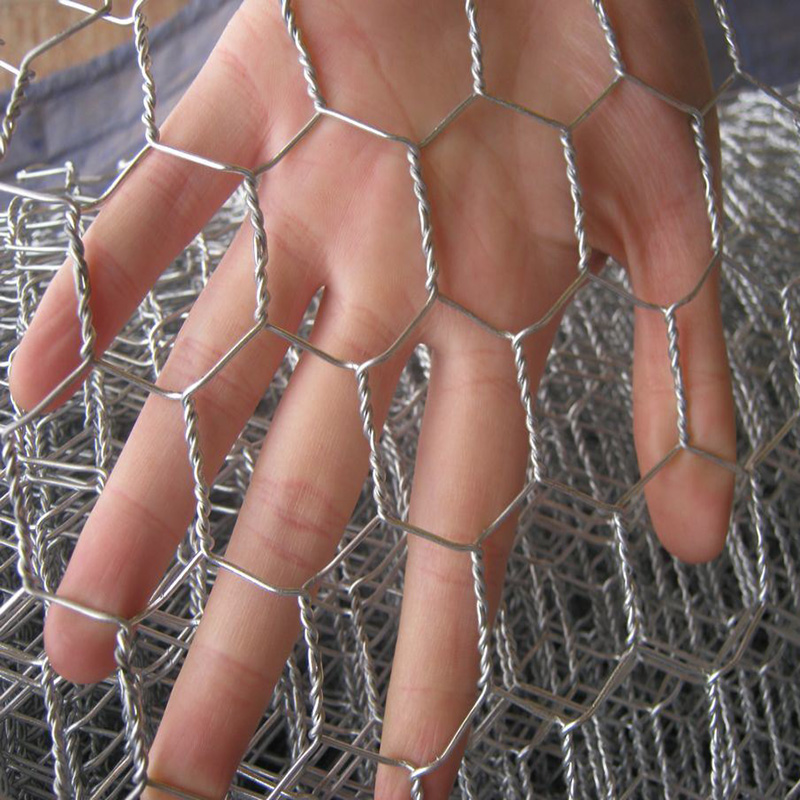-
+86 15030157877
-
sales@galvanizedmetalmesh.com
Dic . 24, 2024 21:29 Back to list
Brick Mesh Production Facility for Quality Construction Solutions
The Brick Mesh Factory A Pillar of Modern Construction
In the ever-evolving landscape of modern construction, materials play a pivotal role in ensuring structural integrity, aesthetic appeal, and long-term sustainability. One critical component that has gained significant attention is brick mesh, an innovative solution that enhances the durability and versatility of brickwork. Brick mesh factories are at the forefront of producing this essential material, supporting the construction industry through advancements in technology and manufacturing processes.
Understanding Brick Mesh
Brick mesh, often referred to as brick reinforcement mesh, is a type of wire mesh specifically designed for use in brick construction. It is typically made from high-strength steel wires that are interwoven to create a robust grid pattern. This mesh is embedded within mortar joints or directly within brick walls to enhance the structural stability and resistance to cracking. By distributing loads more evenly across the surface, brick mesh helps mitigate the effects of temperature changes, moisture fluctuations, and other environmental factors that can lead to structural failure.
The Role of Brick Mesh Factories
Brick mesh factories are specialized manufacturing facilities that focus on producing high-quality mesh products suited for various construction applications. The production process involves several stages, including wire drawing, mesh weaving, and finishing treatments to enhance corrosion resistance. This meticulous process ensures that the final product not only meets international standards but also complies with local building codes.
1. Wire Drawing The first step in the manufacturing process involves drawing high-carbon steel wires to the desired thickness. This is a critical step as the tensile strength of the wire directly affects the performance of the final mesh product.
2. Mesh Weaving Once the wire is prepared, it is woven into a mesh format using advanced machinery. The weaving process can vary, with different patterns and spacing options available to meet the specific needs of various construction projects.
3. Finishing Treatments To ensure longevity, the woven mesh undergoes finishing treatments. This may include galvanization or coating with protective materials to enhance resistance to rust and corrosion, making the brick mesh suitable for a wide range of environments, including coastal and humid areas.
Benefits of Using Brick Mesh
brick mesh factory

The benefits of incorporating brick mesh into construction projects are manifold
- Enhanced Structural Integrity By reinforcing brickwork, brick mesh significantly increases the load-bearing capacity of walls, making structures safer and more reliable over time.
- Crack Resistance The mesh distribution helps to minimize cracks caused by settling, thermal expansion, or contraction, providing long-term stability and reducing the need for repairs.
- Versatility Brick mesh can be used in various applications, from residential buildings to large commercial projects, making it a versatile choice for builders and architects alike.
- Cost Efficiency By reducing the likelihood of structural damage and the need for repairs, brick mesh ultimately contributes to lower maintenance costs and longer-lasting structures.
The Future of Brick Mesh Manufacturing
As the demand for sustainable construction materials grows, brick mesh factories are continually innovating to meet these expectations. The incorporation of eco-friendly materials and processes is becoming more common, as factories strive to minimize their environmental footprint while producing high-quality products.
Additionally, advancements in manufacturing technology, such as automation and computer-aided design, are leading to increased efficiency and precision in brick mesh production. These innovations not only enhance product quality but also reduce lead times, ensuring that construction projects can proceed without unnecessary delays.
Conclusion
In summary, brick mesh factories play a crucial role in contemporary construction by providing a material that enhances the performance and durability of brick structures. As the industry evolves and the demand for innovative solutions grows, these factories are poised to lead the way in developing advanced materials that meet the challenges of modern building. The future of construction is undoubtedly intertwined with the evolution of materials like brick mesh, promoting safer, more resilient, and sustainable structures for generations to come.
-
Premium Welded Gabion Mesh | Robust & Eco-Friendly
NewsJul.31,2025
-
Premium Eco-Friendly Roof Tiles | Affordable & Durable
NewsJul.31,2025
-
Premium Roof Tiles for Durable & Stylish Roofing Solutions
NewsJul.30,2025
-
High-Quality Roof Tiles for Durable & Stylish Roofing Solutions
NewsJul.29,2025
-
High Quality Square Wire Mesh Manufacturer & Supplier for Wholesale
NewsJul.29,2025
-
Premium Roof Tiles for Durable & Stylish Roofing Solutions
NewsJul.29,2025



